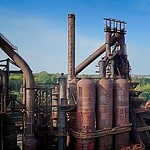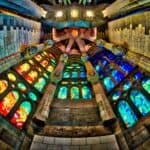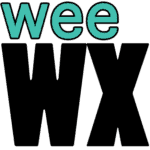Not unlike other amateur astronomers and photographers, I have been outside every night trying to capture images of Neowise (a.k.a. C/2020 F3). Unfortunately, like most I’ve chatted with, I’ve also been fighting and frustrated by clouds and weather interference. If I was the paranoid sort, I would start to think the clouds are purposefully blocking Neowise – as they only seem to be in the area of the sky that Neowise is hanging out in..
I have had success on two evenings though, one last Monday (13 July) and then again last night, exactly a week later. The first evening I was at the Francis E. Walter Dam in White Haven, PA. The dam was built by the Army Corps of Engineers and has some of the best public dark skies in the area. Most of my astrophotography is done there, just because it is easy to get in and out of with a ton of gear.
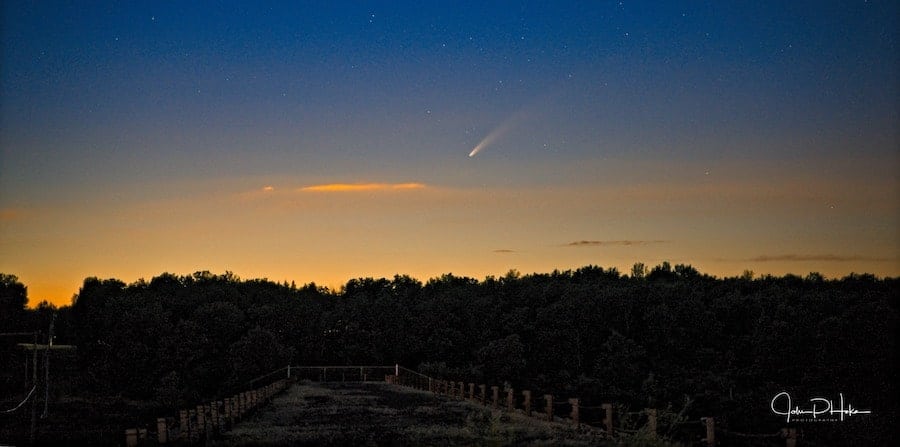
Last night’s attempt to shoot Neowise was my first at Flagstaff. Another photographer in the Jim Thorpe area, Desha Utsick, shot a stunning image from up atop Flagstaff and I had to check the location out. The area is actually amazing for astrophotography and a dozen or so groups were all together taking in the views. With only one exception, everyone was courteous, kept social-distance and respected each-other’s sensitivity to light in the dark.
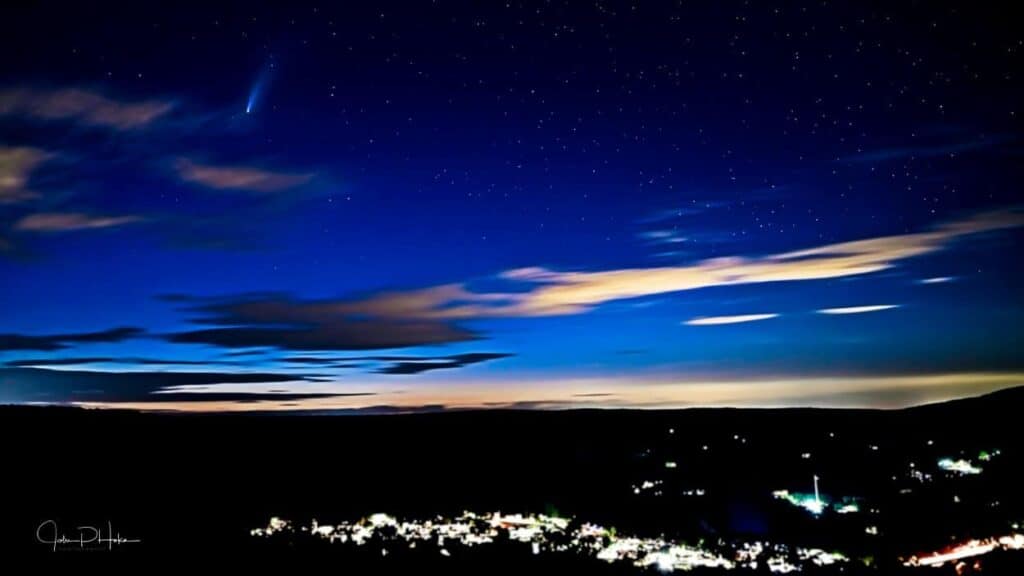
Neowise – Caught & Processed
The first image, from Francis E Walter Dam was a three bracket HDR merge done in On1 Photo. I have discussed my HDR process and workflow a number of times, so unless someone has a question in the comments, I will skip the gory details and get into the next image’s processing.
The second image above taken at Flagstaff was created by ‘Stacking’ 32 individual photos in Starry Sky Stacker. The process varies by the software used, but at a high level, you convert your RAW files from your camera (“Light Frames”) into TIFF format, load them into the stacking software, along with “Dark” frames. Dark frames are basically exposures with the lens cap still on. This helps to limit sensor noise and artifacts when stacking. For more information on photo stacking, Sky at Night magazine has a great article.
Once the composite is completed, the resulting TIFF file was opened in On1 Photo for very minimal cleanup and tweaking. I added a touch of Dynamic Contrast and enhanced the Bokeh of the lights of Jim Thorpe below Neowise. I still have quite a number of images to review and edit from both of these nights, and will post more as I can get time to finish them.
If you are interested in any of the techniques used for these images, or have other questions, ask away! Seriously, that’s how I learned – asking a million ‘dumb questions’ and no matter how dumb I thought they were, someone answered me or gave me pointers to how to figure it out.
Image EXIF Data:
[exif id=”6182″]
[exif id=”6188″]
Photo Locations:
[wp_mapit_map id=”10624″]


